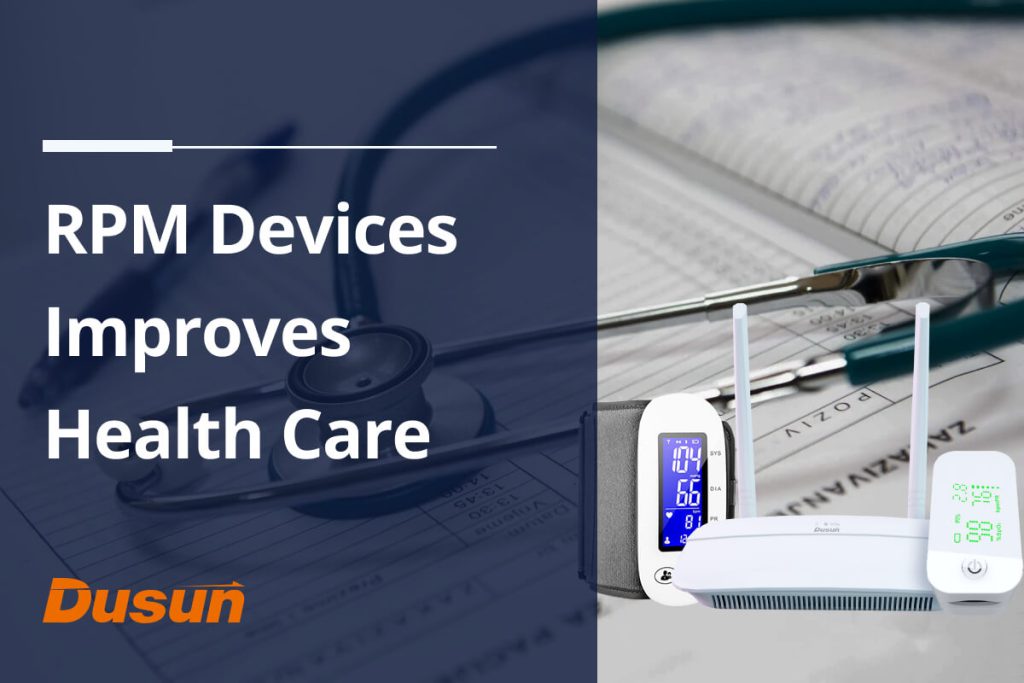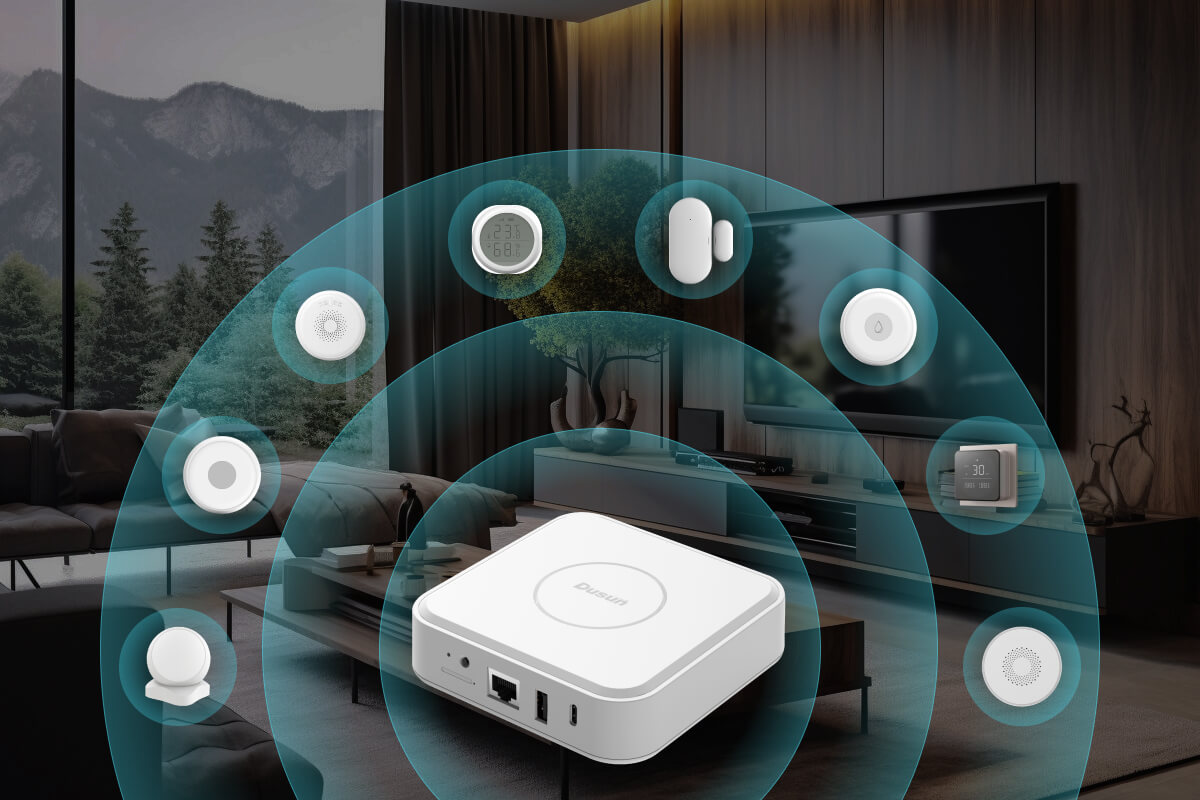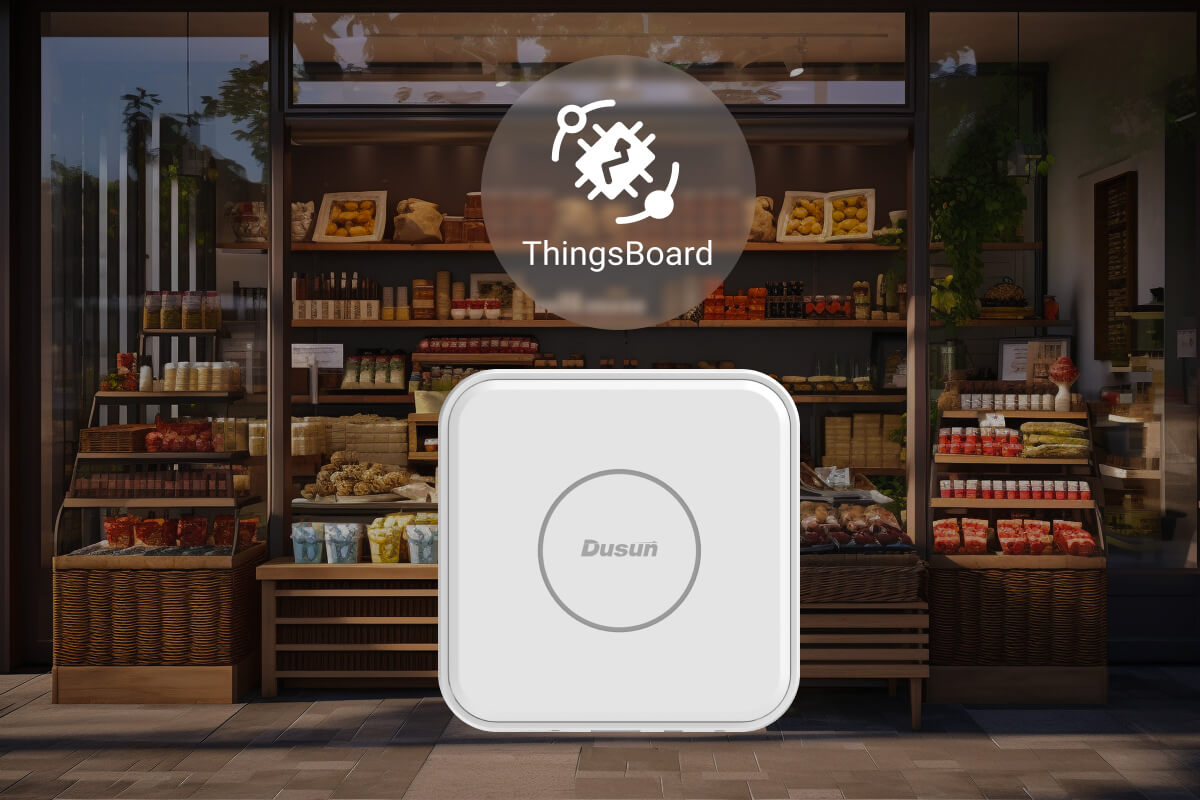Doctors may monitor, record, and evaluate their patients’ acute or chronic illnesses using remote patient monitoring devices when they are out of the hospital or clinic. As it may link remote patient monitoring devices like smartwatches, wearable patches, portable gadgets, or biostickers to enable real-time information exchange between patients and physicians, the Internet of Things (IoT) provides a crucial support for RPM.
They give healthcare professionals a real-time awareness of a patient’s illness condition, enabling them to make proactive clinical decisions. In order to better comprehend the specifics, we have included a list of rpm devices here for you.
Remote patient monitoring devices
Blood pressure monitors
A person can use an IoT blood pressure monitor to record their blood pressure in an app and review any patterns through the graphs that are generated. If needed, a doctor can get the blood pressure results through email and respond with precise treatment information. In terms of communication, Bluetooth and Wi-Fi are primarily used by IoT blood pressure monitoring devices.
Glucose monitors
Self-monitoring of blood glucose (SMBG) aids in planning-intensive diabetes management. White coat hypertension, which affects those who are adversely impacted by hospital environments, can be prevented through self-monitoring.
ECG machines
The electrical activity of the heart may be measured and recorded using an ECG (electrocardiogram) equipment. The electrodes, which are tiny adhesive pads, are stuck to the skin of the patient’s arms, legs, and chest to operate the machine. The electrodes convey the electrical signals they pick up from the heart to the ECG equipment.
Pulse oximeters
Pulse oximeters are instruments that measure the amount of oxygen that is present in a person’s blood. The use of pulse oximetry screening as a method for identifying serious congenital heart abnormalities is one of the most prominent developments in the market for pulse oximetry (CCHDs). See how Dusun IoT help Taikang Home reach IoT Healthcare with remote pulse oximeters.
Fall Detector
When a fall is detected, a fall detector is a sort of monitoring equipment that can send out a warning signal. The elderly and cyclists and hikers who use a fall detector can use it to transmit alarms and seek for assistance.
Smart Watch
The smart watch keeps track of everyday activities such as step tracking, calorie consumption, heart rate, blood oxygen, blood pressure monitoring, and body temperature measurement.
Smart Pill Box
The smart pillbox is a pharmaceutical management device that focuses on prescription reminders, recordkeeping, and real-time data transfer. With 8 medicine compartments, you can store 8 medications at once, making it easier to take various medications. Make physicians or family and friends supervise and care for patients.
How does remote patient monitoring devices work?
Remote patient monitoring systems capture data on a patient’s health state from a distance, eliminating the need for in-person visits or checkups. Sensors and equipment such as blood pressure monitors, glucose monitors, pulse oximeters, and activity trackers can be included in these devices.
Data Collection
RPM devices often include a Bluetooth module that allows them to interface with a patient mobile app that collects data from the device. Sensors or wearable devices can collect vital signs data ranging from heart rate and oxygen levels to blood pressure and more. This data is transmitted to the healthcare provider via a dedicated remote patient monitoring application, which is available as a smartphone app.
Data Transmission
The RPM devices are often wirelessly linked to a central system or platform that healthcare doctors or caregivers may access. Depending on the kind of device and the patient’s individual monitoring needs, the data acquired by the devices is relayed in real-time or on a regular basis.
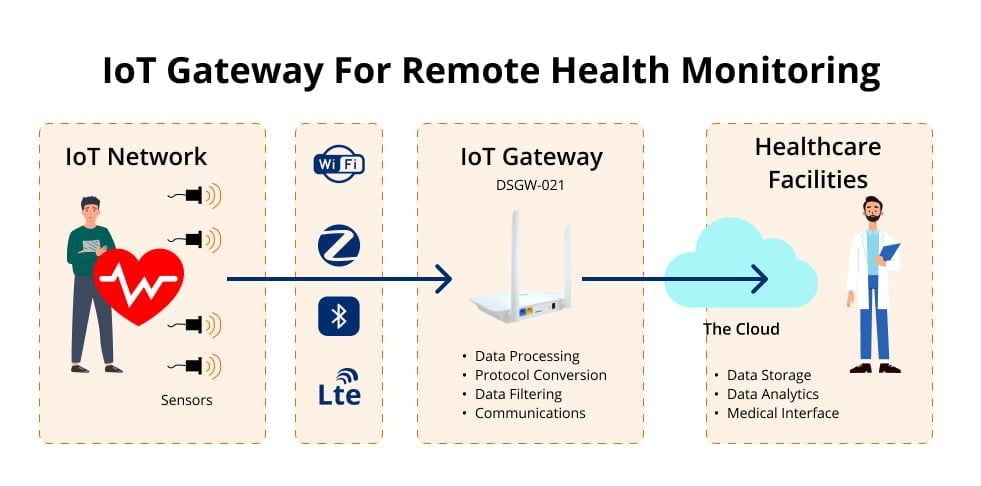
Data examination
Data acquired from a patient’s RPM device is kept in the cloud or in the data repository of a healthcare facility. The vital sign data is then automatically or manually compared to the physician’s higher and lower values (thresholds). When thresholds are surpassed, the RPM system at the healthcare institution sends a notice, creating a warning message and notifying the physician to the problem.
To uncover patterns, trends, or abnormalities in patient health, data may also be evaluated utilizing algorithms and machine learning approaches.
The challenges of Remote patient monitoring
Store and process data
Health information is gathered via sensors and smart devices, which can number anywhere from a few hundred to millions. The platform must be able to gather and write gigabytes of data every second in this regard. Hardware-generated data volumes grow along with response times. As a result, it becomes hard to process data in real time.
A remote health monitoring system must therefore be able to gather, send, save, and analyse patient data without degrading performance.
Real-time data access
The information transfer required for RPM to function can be a protracted and complicated procedure made up of various exchanges.
First, information from the patient’s device needs to be gathered and uploaded. If this device is connected to a mobile network, the data must pass through the infrastructure of that network provider to reach the Internet, and then maybe across several data centres and the RPM platform network to reach the service provider’s network.
Data may be delayed in reaching its destination if any of these hops are disrupted or if an outage happens at any of the stations along the journey, which can be fatal for some acute patients.
System and device integration
There is no guarantee that every healthcare provider using the same network is using the same system, which could result in the loss of patient health data. However, any standard network infrastructure finds it difficult to support the diversity of the IoT ecosystem, including IoT protocols, interfaces, and data quantities.
Equipment cost
The expense of implementing RPM in the healthcare sector may be the biggest issue. Costs per unit, licence charges, and software costs are some examples. Another significant expense is the technical manpower needed to run and maintain the system.
The total price per patient for all interventions ranged from $355 to $7975. It is challenging to use on a wide scale because of this expensive feature.
Why IoT for Remote Health Monitoring?
IoT has advantages for doctors, patients, and the healthcare sector as a whole.
Patients
In order for doctors or healthcare facilities to remotely monitor patients’ critical health conditions, patients may utilize wearables at home, such as blood pressure or heart rate monitors. The elderly or delicate patients who live alone will particularly benefit from this remote monitoring system.
Doctors
Doctors can use IoT to input data into their monitoring applications, track a patient’s response to a new medication in advance, or react to a patient’s urgent requirements.
Healthcare establishments
IoT may be used in hospitals, laboratories, clinics, and other healthcare facilities for a variety of purposes. In addition to remote health monitoring, IoT can be used by patients to connect to medical professionals who are working off-site or track the whereabouts of medical equipment in real-time.
Insurance organizations
Healthcare insurance providers might benefit from IoT-based remote health monitoring devices in a number of ways. Companies can streamline their claims, pricing, risk assessments, and underwritings by using the information gathered by health monitoring systems.
How IoT gateways and devices are used in RPM
The IoT gateway
An IoT gateway acts as a bridge between medical devices and the cloud or other networks in remote patient monitoring (RPM), allowing data exchange and administration. In RPM, an IoT gateway may gather data from medical equipment like blood glucose monitors, blood pressure monitors, and ECG machines and send it to the cloud for analysis and storage.
In RPM, the IoT gateway serves as a hub for medical devices, gathering data from each device and combining it into a single dataset. Before delivering the data to the cloud for further analysis, the gateway can do pre-processing on it, such as filtering or normalisation.
RPM’s IoT gateway also includes security safeguards to protect the privacy and confidentiality of patient data. It is capable of encrypting data during transmission and authenticating people who access the data. Furthermore, the gateway can enforce access restrictions and permission procedures to ensure that only authorised users have access to patient data.
The Bluetooth gateways from Dusun IoT come with a variety of I/O and PoE ports for connecting and powering healthcare IoT sensors, actuators, and IP cameras. This IoT gateway can be used by patients, doctors, healthcare institutions, or insurance companies to link IoT sensor networks to the cloud and maximise their IoT-based remote health monitoring.
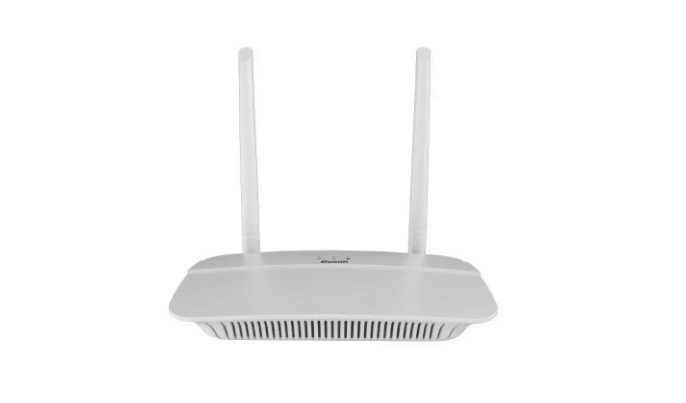
To meet all healthcare needs, the Dusun DSGW-021 Bluetooth Roaming Gateway employs software-defined and real-time computing. It speeds healthcare AI systems that must meet rigorous latency, throughput, and power-efficiency criteria. The typical Bluetooth gateway may not be suitable for some advanced hospitals that require excellent real-time performance.
To collect the patient’s real-time bodily state, Dusun IoT created a seamless Bluetooth roaming network technique. It would save the data from the health server on a computer. Even the patients travelling about the building have a low latency of less than 1 second.
It is Dusun’s unique idea that an RPM system is centralised with a bluetooth roam wireless gateway for monitoring patients in remote places, with the goal of assisting in meeting the growing medical demand industry. Now, three different IoT gateway models are ready for installation for various scenarios: the basic RPM gateway, Bluetooth Roaming gateway, and Parkinson gateway.
Advantages of collaborative work of IoT gateway and remote patient monitoring devices
- Real-time information about a patient’s health status helps providers plan the correct therapeutic interventions, increasing the chances of positive outcomes
- Clinical staff efficiency is increased by closely monitoring patients in real time and reducing the need for physical intervention to provide care. Additionally, hospitals have fewer visits and can provide better care than in-person hospital visits. This increases staff efficiency and optimizes resource utilization.
- Works with remote patient monitoring devices, the gateway can gather and manage information just got easier with IoT devices in health insurance
About Dusun IoT
The aforementioned remote patient monitoring devices used in conjunction with IoT gateways can help clinical staff monitor patient status more efficiently to reduce further waste of resources. Dusun IoT is dedicated to IoT gateways and related solutions.
Through the combination of remote patient monitoring devices and edge computing gateways, Remote Patient Monitoring Device Solutions can realize the interaction between patients and medical staff, medical institutions, and medical equipment, and gradually realize informatization. Please don’t hesitate to contact us via the side form or the chat function. Dusun IoT engineers will design a personalized solution for you.
You may also be interested in Remote ECG Monitoring Using Bluetooth Gateway Parkinson’s Disease Monitoring With Bluetooth Gateway and Smart Watches
What is the difference between telehealth and remote patient monitoring?
The main distinction between remote patient monitoring (RPM) and telehealth, to put it simply, is that RPM employs technology to communicate with patients remotely, whereas telehealth comprises the entire industry and the technologies required to deliver this kind of healthcare.
Is remote patient monitoring the future?
The wave of the future is cresting, and it’s RPM. It’s a win-win-win for providers, payers, and patients that’s likely to become as crucial to contemporary healthcare as smartphones are to daily life.RPM tools are expected to be used by 30 million American patients to manage their health by 2024.
Does remote patient monitoring save money?
Hospital readmissions are dramatically reduced because remote patient monitoring enables medical teams to detect health issues early and swiftly modify treatment programs. Costs for healthcare are obviously lower as a result of this.
What equipment is used to monitor patients?
A thermometer of some kind, a pulse oximeter to test oxygen levels, a capnography equipment to monitor CO2 levels, and a sphygmomanometer to measure blood pressure can all be found in an operating room.






